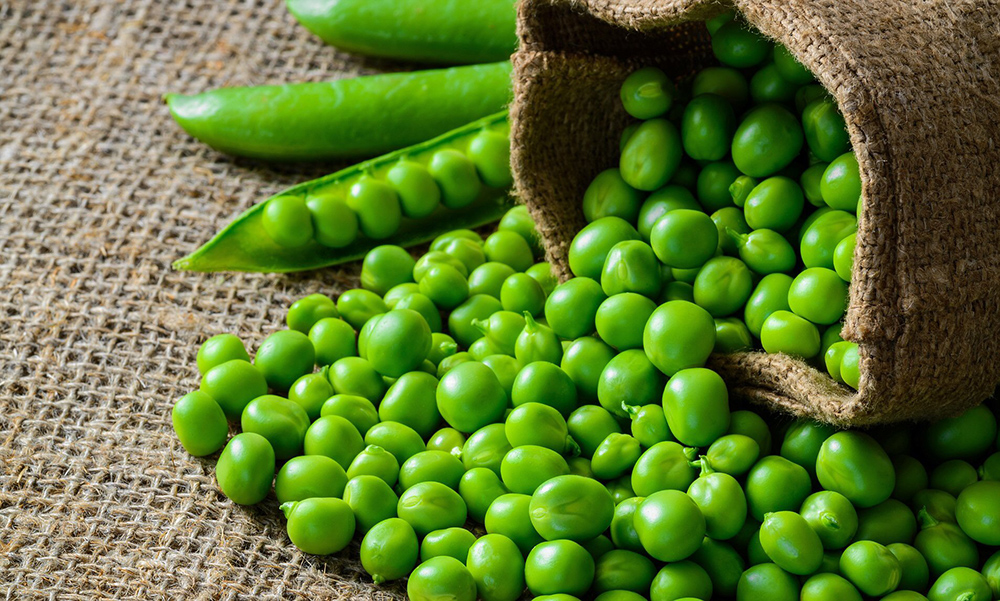By Tammy Thornton
Many gardeners are eagerly waiting for the last frost dates to pass so that they can start sowing seeds directly in their gardens. In our area, that could be between March 30 – April 30. Although, if you want to be really safe, you can use the rule of thumb of waiting until Mother’s Day. (My favorite way to celebrate is spending part of the day planting flowers). But waiting this long will really shorten your growing season. To find your estimated first and last frost dates by zip code, go to websites such as almanac.com/gardening or davesgarden.com. Fortunately, some vegetables, known as “cool-season” vegetables, actually prefer growing in cooler temperatures and can withstand a light frost or even a freeze. These vegetables will give you a jump start on your growing season, and if planted in time, will yield an early to mid-spring crop. Some of these cool-season vegetables are peas, carrots, spinach, leeks, kale, and lettuces. Most can handle a light frost; which is great news for those of getting impatient to plant.

Though some of these cool-season vegetables can be planted “as soon as the ground can be worked”, traditionally, St. Patrick’s Day is the day to start planting peas. Keeping this tradition is a fun way to get children excited about gardening. The key to helping peas germinate is soaking them overnight. Peas often need some type of support to climb on; you can simply use a tomato cage or string garden twine between stakes. For more creative or unique trellis ideas, the internet is a wealth of information. You can also select bush types of peas that do not require support. Peas can also do well grown in containers.
Peas should yield a crop between 60 – 70 days after planting. Harvest peas when the pod is full but not bulging, as it will lose flavor if left on the vine too long. Since all parts of the plant are edible, the impatient gardener can snip off the pea shoots and tendrils when they are about 6 – 8 inches tall. They will have a pea-like taste and will look exotic on your favorite dishes or salads. Peas will lose flavor and stop producing once the weather gets too warm. By then, you can plant a heat-loving succession plant in the same space. Peas are considered nitrogen-fixing plants which will benefit other vegetables such as leaf lettuce when planted in the same spot once the peas are finished. Many gardeners plant cucumbers after peas; they will enjoy the nitrogen enhanced soil and can climb on the existing trellises that were used for the peas.

Hopefully, you’ve been inspired to get an early start in your garden by planting peas this St. Patrick’s Day. The sweetest peas are found fresh off the vine. Be sure to soak your peas on March 16th, and get ready for a delicious harvest this spring.
May there always be work for your hands to do.
May your purse always hold a coin or two.
May the sun always shine on your window pane.
May a rainbow be certain to follow each rain.
May the hand of a friend always be near you.
May God fill your heart with gladness to cheer you.
(An Old Irish Blessing)
Tammy Thornton is a mom of four, a substitute teacher, and a Sunday school teacher. She is passionate about gardening and cooking, and loves the beach.






